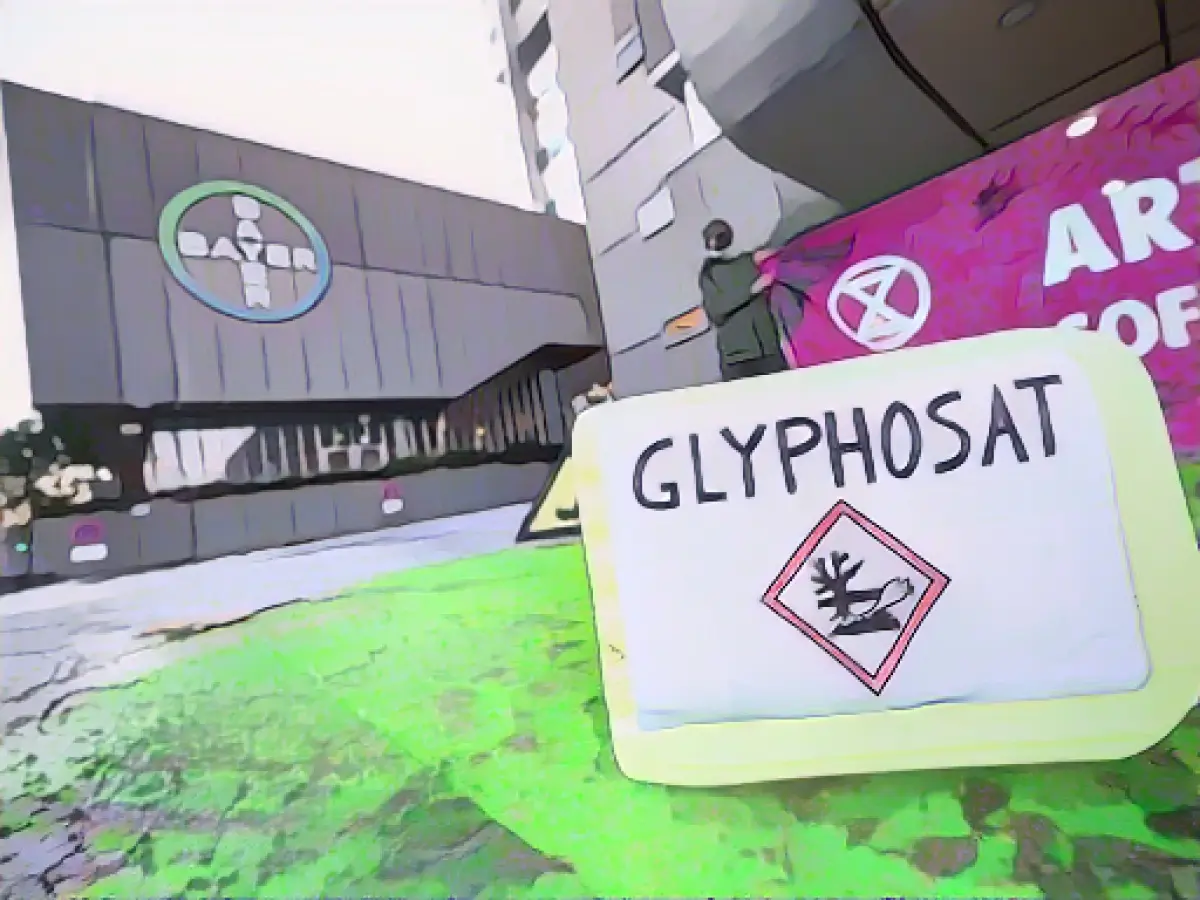Glyphosate and the Controversy Surrounding It
Ah, glyphosate! The chemical that's been the talk of the town in agricultural circles for years. You might have heard some buzz about it, but what's really going on? Well, buckle up, because we're diving into the world of glyphosate, its function, usage, and the never-ending debate surrounding its impact on our environment and health.
How Does Glyphosate Work Its Magic?
First things first: glyphosate is a broad-spectrum herbicide, which means it effectively kills off most green plants. It does so by blocking an essential enzyme the plants need to produce amino acids. Some fungi and microorganisms have this enzyme too, but thankfully, humans and animals don't—so we're safe. Glyphosate isn't absorbed by plant roots but rather by green parts, like leaves. Once it gets inside the green parts, it causes the plant to wither and die.
The Quantity of Glyphosate in our Lives
Glyphosate hit the market in the 1970s, introduced by the then US manufacturer, Monsanto, under the name 'Roundup'. Today, this chemical covers about a quarter of the global herbicide market, according to the Glyphosate Renewal Group. In Germany alone, where a significant chunk of the EU's glyphosate is used, sales amounted to approximately 4100 tons in 2021.
Where in Our Lives Can We Find Glyphosate?
So where does this chemical show up in our lives? Outside in our gardens and inside in our grocery stores. Products available for bed maintenance and border control in garden centers contain glyphosate. Its usage in agriculture means that traces can be found in our food—vegetables, fruits, and even meats for those who ate animal products. Sounds alarming, right? Don't lose hope just yet. The federal Institute for Risk Assessment in Germany confirmed that the amounts of glyphosate found in these foods are harmless.
Why the Fuss about Glyphosate from an Environmental Perspective?
Aside from the potential health concerns, there are environmental implications causing a stir. Glyphosate can reduce the number of wild plants in fields, affecting the habitat of insects and birds. This disruption in the habitats can impact the agriculture negatively, as it relies on pollinating insects. Furthermore, glyphosate can find its way up the food chain, all the way to mammals. A 2020 source from the University of Konstanz found that glyphosate reduced the learning abilities of bumblebees, potentially impacting their reproduction and survival.
Is Glyphosate Carcinogenic?
This is one debate that has been going on for years, with various international organizations weighing in on the issue. In 2015, the International Agency for Research on Cancer (IARC)—a body of the World Health Organization—classified glyphosate as “probable carcinogenic to humans,” attributing this potential risk to indirect human exposure through food and drink, or exposure through occupational setting.
However, not all international bodies held the same view. In 2022, the European Chemicals Agency retracted this classification, stating that the scientific data was not sufficient to link glyphosate to cancer cautiously. Organizations such as the European Food Safety Authority, the German Federal Institute for Risk Assessment, and the US Environmental Protection Agency have also reached the consensus that glyphosate poses no substantial cancer risk at current usage levels.
The EU's decision to continue using glyphosate in agriculture has sparked criticism from environmental organizations and scientific communities due to its potential impact on biodiversity and possible carcinogenic effects. However, it is worth noting that the debate on glyphosate continues, with ongoing studies and reports from various international bodies.
[Enrichment Data]
Glyphosate's impact on the environment is significant, as it alters plant and soil ecosystems. This influence can cause the death of non-target species, lead to the development of resistant plant species, and affect soil microbiome dynamics.
Regarding its potential carcinogenicity, several organizations hold different views; IARC classified glyphosate as “probably carcinogenic to humans,” while the European Chemicals Agency and US Environmental Protection Agency have concluded otherwise. This dichotomy in conclusions raises questions about the credibility and strength of the evidence supporting each stance.
Sources:
- https://www.ncbi.nlm.nih.gov/pmc/articles/PMC8125261/
- https://www.who.int/classifications/icd/precancerous-lesions-diseases/glyphosate/en/
- https://www.eli.org.nz/resource/glyphosate-and-the-future-of-food-and-environment/
- https://www.nature.com/articles/nature13396
- https://www.who.int/news-room/q-a-detail/glyphosate







